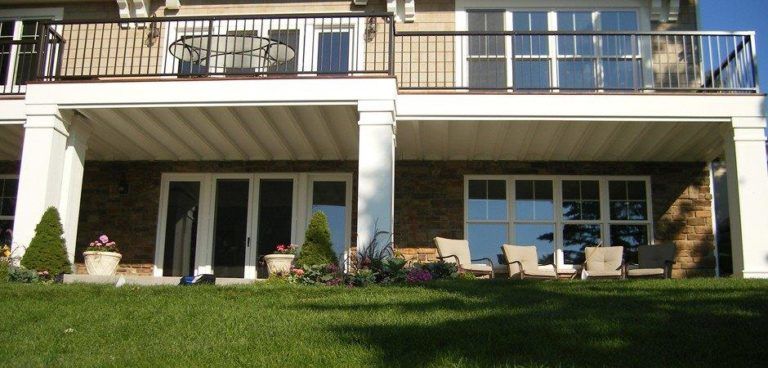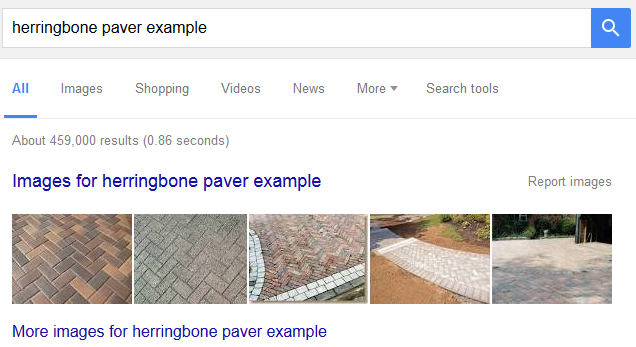It’s one of the oldest clichés in the book, but when it comes to marketing your business online there are few things more powerful than strong imagery. This especially holds true for decking and patio contractors. With JobFLEX being one of the most popular deck cost estimator tools on the market, we have the opportunity to interact with a lot of contractors in the world of decking and patio world. Over time we’ve been able to see what works and doesn’t work as far as leveraging images to help build their business and attract new customers.
Based on our experience, here are some tips for better leveraging images on your website and on social media to make your images worth a lot more than just a thousand words.
Quality is more important than quantity
Sure, everyone’s smartphone can take pictures these days, but that doesn’t mean everyone knows how to take a good photo. You’re not doing your work any justice when you take a poorly lit photo or one from a poor angle that doesn’t accurately represent your work.
Fortunately, there are many resources online that can give you a quick, free education on how to take good photos with your smart phone or a legitimate camera. Taking a little time to brush up on your skills can help you put your best foot forward and choose the best photos to post on the web rather than just dumping a wheelbarrow full of horrible photos that make your work look bad and your website look very amateur.
Free photography resources:
Optimize your images to be found in Google
Images can serve several purposes on your website. Most of us think of them as a conversion tool. That means that once people visit the site that the images will be a powerful motivator to help convert that visitor into a lead by demonstrating how well your team can construct a deck or build a patio. However, images can also help feed the top of your sales funnel by pulling people into your website if you can get your images to rank out in Google’s image search. Here are some simple tips to improve your chances of showing up in a search like the following:
- Use descriptive keywords in the file name. So, for example, when the image goes on your website, rather than name it photo1.jpg, name it herringbone-pavers.jpg
- Most content management systems for websites like WordPress allow users to add what are known as “alt tags”. These tags are used by screen reader technologies to identify the contents of an image for people with visual impairments. So, adding a descriptive alt tag for a picture of herringbone pavers such as “Example of our herringbone pattern paver work” will help people using screen readers as well as Google’s crawler to identify the subject of your picture (and help you rank for related keywords).
- When using images on your site, make sure that you use associated keywords near the image or in a caption. The closer you can tie appropriate keywords to your image via the file name, the alt tag and with surrounding text, the more likely Google will associate your image with that keyword.
Leverage the best outlets to reach customers
There is an almost endless supply of opportunities to share your images these days. Obviously, you have your website, but there are an almost endless supply of social channels as well. You only have so many hours in the day because you still need to install decks and patios and run the business, right? So how do you choose to focus your efforts between Pinterest, Facebook, Twitter, Instagram, Houzz, etc? Fortunately, we’ve put together a handy post on tips to help you make that decision as well. Check out our social media advice for landscapers post to learn more about how to make those decisions, the same lessons apply to decking and patio contractors.
Photos are easier now than ever, but maximizing their impact on your business depends on how well you know how to use them.





